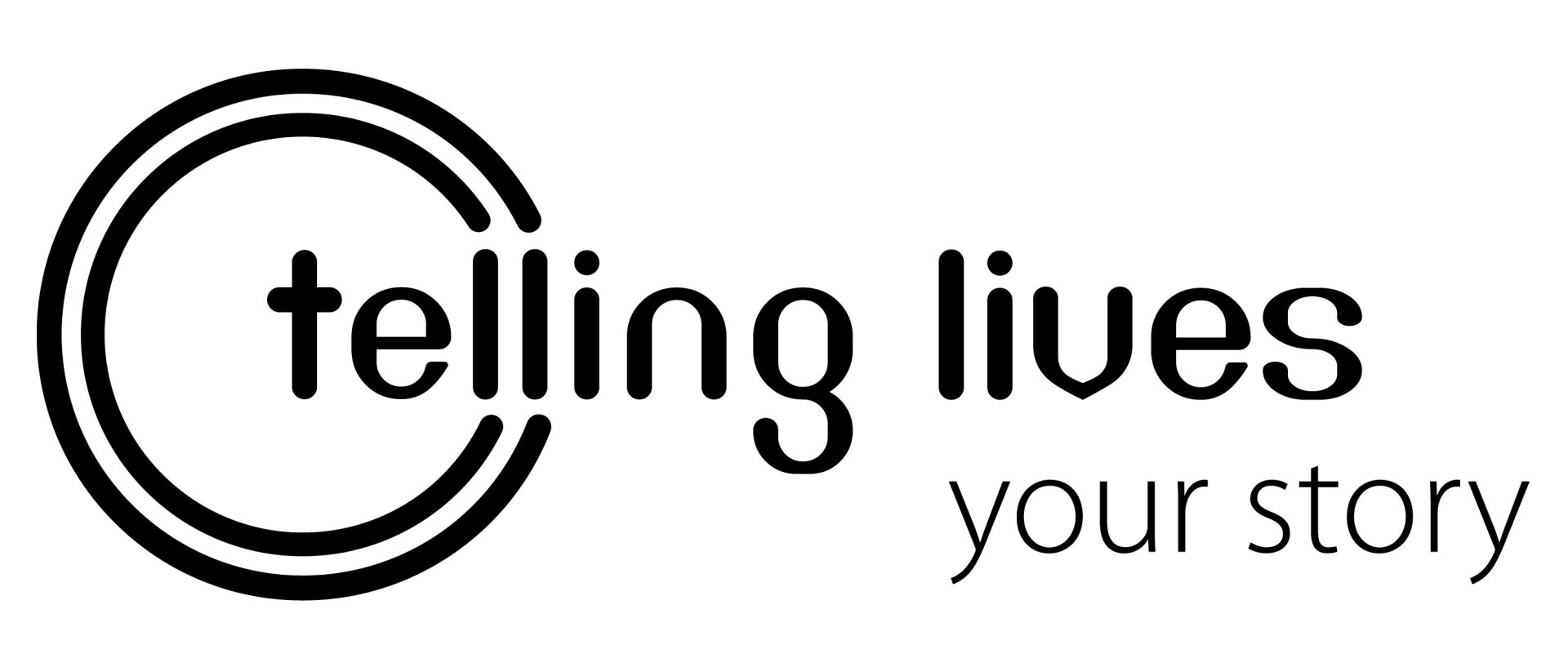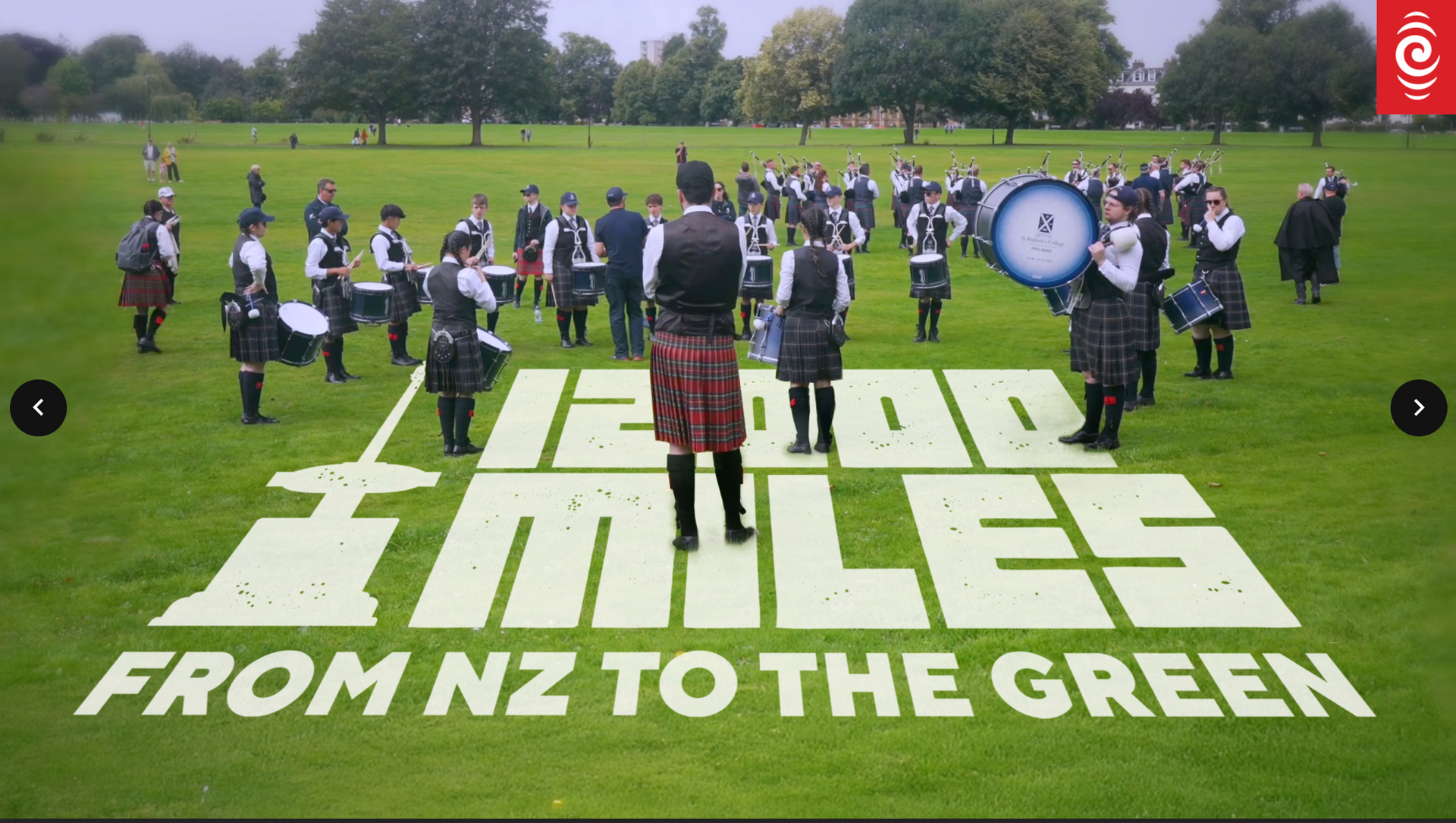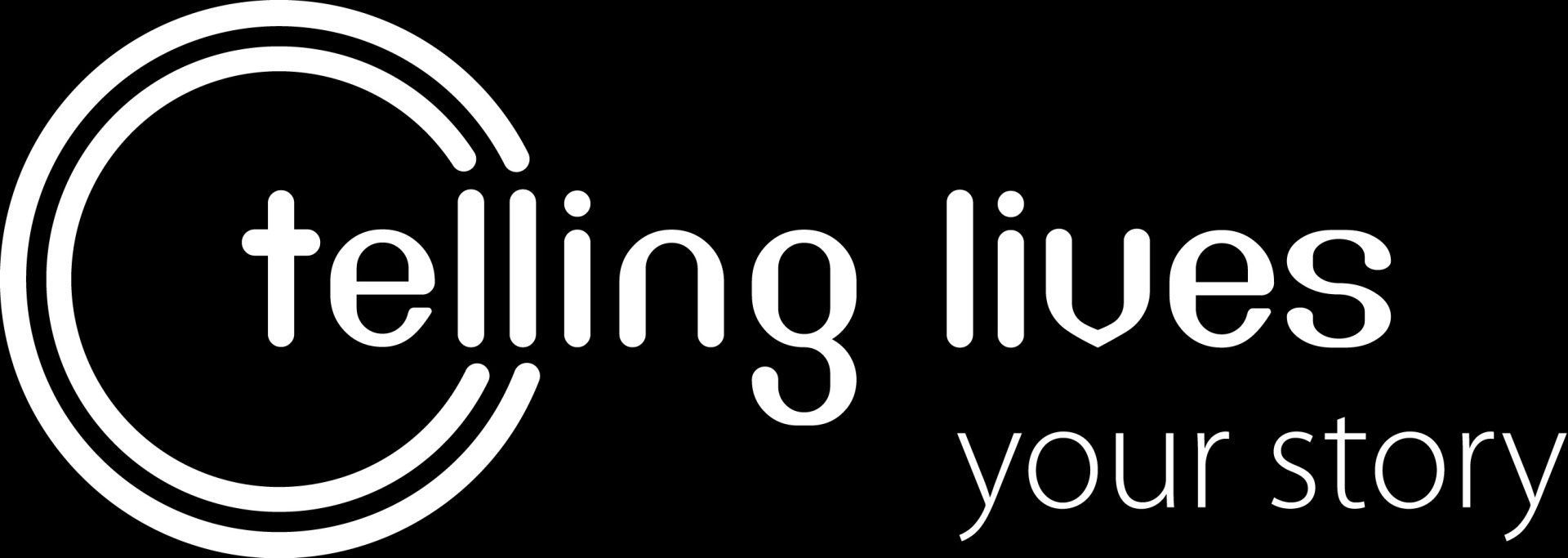Tips: Visual Storytelling for Business
February 12, 2016
Vision is only part of the story...

Stop thinking visual content alone, pictures are great but you need words to provide context and meaning. The real power of visual storytelling lies in combining visuals and narrative to create an engaging story. We're currently drowning in content but there can never be enough great stories.
Telling a good visual story isn't about hard sell or pushing key messages it's about sharing information in an engaging way. Human's are hardwired to communicate through storytelling and we've been doing just that since the dawn of civilisation and language.
“People are hungry for stories. It's part of our very being. Storytelling is a form of history, of immortality too. It goes from one generation to another" -Studs Terkel
After years of being force feed information through advertising there is a hunger for the authentic, we skip the ads on tv if possible but are still drawn, as always, to stories of interest. By sharing your story you're sharing the essence of your business and your brand, but will people watch, listen and engage?
DEFINING YOUR STORY
Defining your story requires an understanding of why your business is important to others. It means going beyond a simple description of products and services to give a human face to your company. Like any good tale a business story needs to be interesting and told in a way that holds the viewer's attention by maximising the visual impact, narrative and meaning.
FINDING YOUR WORDS
The answer begins with knowing your audience. Trust is key to any meaningful relationship and good stories build trust through authenticity, not hard sell. People are looking for the genuine, the real deal and the real you. So who are you as a business? What are the services and products you provide? What do you offer in terms of passion, attitude and approach? And what future aspirations do you have for your company, your employees, customers, shareholders and even the public?
IT'S GIVE AND TAKE
So you know what you want to say but will people want to listen? well no not unless you're offering something
that is of interest. Your story needs to include satisfying take outs for those who are watching. Ask what are you giving to your audience within your story? Are you giving confidence through testimonials? Understanding by explaining how something is done? Creating a shared experience through authenticity?
IDENTIFYING THE CHARACTERS
Variety is the spice of life and revealing your company’s story will require different voices to provide depth and pace, to help emphasise different areas of interest and expertise. Use your people and their experiences to help tell your story! We’ll help you identify those voices and bring them to the fore so the words can flow.
CREATING VISUAL INTEREST
A picture can indeed be worth a thousand words where there is context and understanding. Whether it’s as simple as a ‘show and tell’ using visuals that amplify ideas and words or as subtle and abstract as nature and mood, creating visual interest by weaving pictures and words is vital if you want to tell your story in a memorable way.
CONTENT DISTRIBUTION
So you've nailed it! You have a great story which you're embedding on the front page of your website your online window to the world. Fantastic but now we need to ensure people are drawn to that window and have a reason to look in. Thats means combining content with a communications strategy and ensuring the maximum number people possible are heading to your site and seeing your story. The great news is that by combining the web and social media you have to power to control that distribution yourself and to grow your audience. Content maybe king but it's not much use if no one knows it's there.
And that is another vital blog!

Copyright RNZPA 2024.
Lifting the kilt on kiwi pipe bands with a unique insight into the passion and dedication of New Zealand pipers and drummers. This Documentary/series follows four New Zealand pipe bands travelling to Scotland to compete against the best of the best at the World Pipe Band Championships in Glasgow. Nine thousand pipers and drummers gather annually for this global battle of the bands, and the kiwis want to make their mark.

